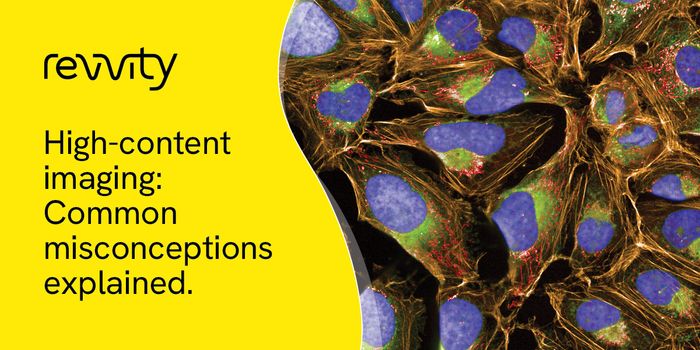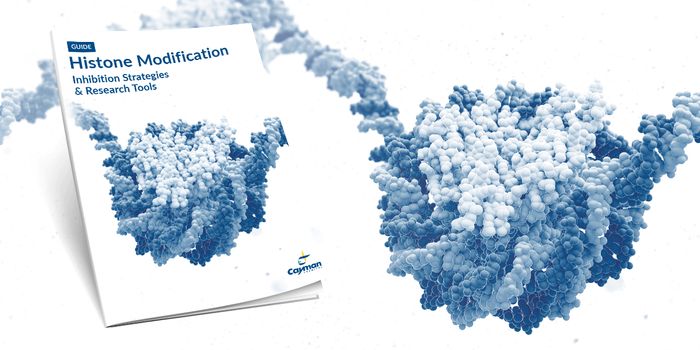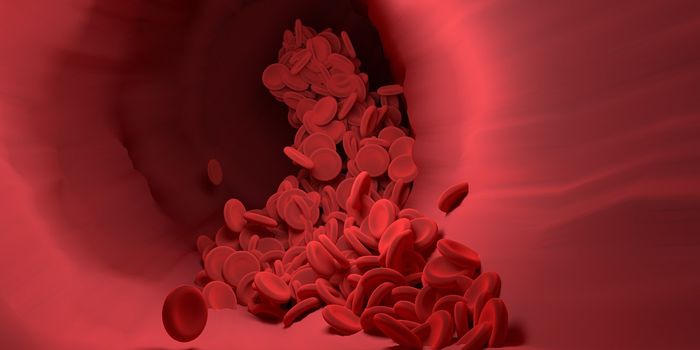Researchers have been searching for reliable ways to alter gene expression for decades. While there have been many advancements in the techniques and tools that are used, they are still a long way from easy application to any system, especially human patients. New research from investigators at Stanford, published in the Proceedings of the National Academy of Sciences, could potentially have a major impact. Researchers have delivered messenger RNA or mRNA, a molecule that acts as an intermediary between genes and their protein product, into cells, and the cells then successfully used that mRNA to make protein.
One way to edit gene expression involves tinkering with the genome itself. That can be very challenging, in part because every single cell has it’s own set of genomic DNA, it isn’t feasible to alter each one in an adult organism, so they must be modified in cells that make embryos. Another method involves interfering with the mRNA with other tiny RNA molecules that disrupt the translation of that mRNA into functional proteins. For this work, the scientists wanted to get around all of those hurdles and send mRNA directly to the cell. But, it’s incredibly challenging to get the mRNA across the membrane that surrounds cells.
The membrane has a positive charge, so moving an mRNA with its negative charge across the membrane is not easy. The researchers thus utilized a delivery system called a polycation; they form a complex around polyanions, and could move it across the membrane. But, the polycation then has to disengage from the mRNA so it’s free to go make protein. They came up with a solution they call charge-altering releasable transporters (CARTs). CARTs are simply biodegraded and excreted after performing their functioin and going from polycation to polyneutral.
"What distinguishes this polycation approach from the others, which often fail, is the others don't change from polycations to anything else," said co-author of the paper Paul Wender, a Chemistry Professor. "Whereas, the ones that we're working with will change from polycations to neutral small molecules. That mechanism is really unprecedented."
To demonstrate their work, the scientists took advantage of a commonly used fluorescent protein that was originally derived from the firefly, green fluorescent protein or GFP. After testing in cell culture dishes, they used the GFP with a polycation and injected it into an anesthetized mouse. When the mouse woke up, it not only was functioning normally, it was glowing. The research team was able to demonstrate that the mRNA could express GFP wherever the injection was done, whether it be a leg muscle or a spleen, for example.
"We are so fortunate to engage in this kind of collaborative project between chemistry and our clinical colleagues. It allowed us to see our compounds go from very basic building blocks - all the way from chemicals we buy in a bottle - to putting a firefly gene into a mouse," said Colin McKinlay, a graduate student in the Wender lab and co-lead author of the study.
"It's almost a childlike enthusiasm we have for this," said Chemistry Professor Robert Waymouth. "The code for an insect protein is put into an animal and that protein is not only synthesized in the cells but it's folded and it becomes fully functional, capable of emitting light."
This could propel gene therapy forward significantly. "Gene therapy has been held up as a silver bullet because the idea that you could pick any gene you want is so alluring," said co-lead author Jessica Vargas, a doctoral student in the Wender lab during this research. "With mRNA, there are more limitations because the protein expression is transient, but that opens up other applications where you wouldn't use other types of gene therapy."
If you want an explanation of how mRNA works within a cell, check out the video above from the Khan Academy. The Ted Talk below features Jacob Corn, the Managing Director and Scientific Director of the Innovative Genomics Initiative and faculty at UC Berkeley in the department of Molecular & Cell Biology, speaking about gene therapy and it's potential to cure human disease.
Sources: AAAS/Eurekalert! via Stanford University, PNAS









